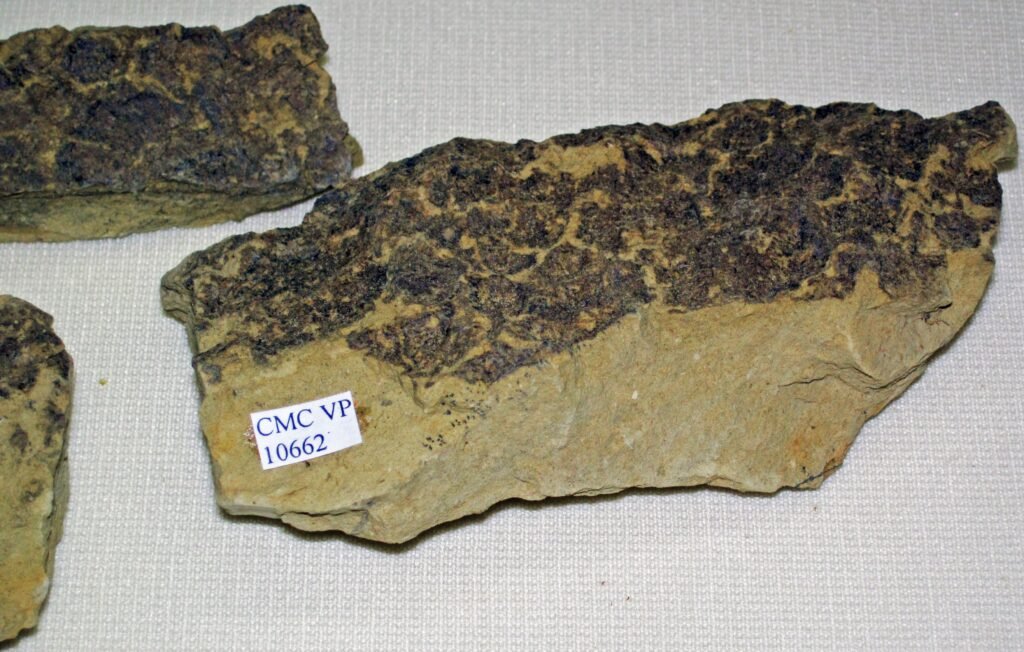Imagine a world where giant creatures roamed vast landscapes, a time long before humans existed. The world of dinosaurs is fascinating, not just because of the creatures themselves, but also because of what they can tell us about Earth’s past. One of the most intriguing aspects of this is how the skin of these ancient giants can provide clues about the climates they lived in. Dinosaur skin fossils are not just remnants of the past; they are keys to unlocking the secrets of prehistoric climates.
The Marvel of Dinosaur Skin Preservation
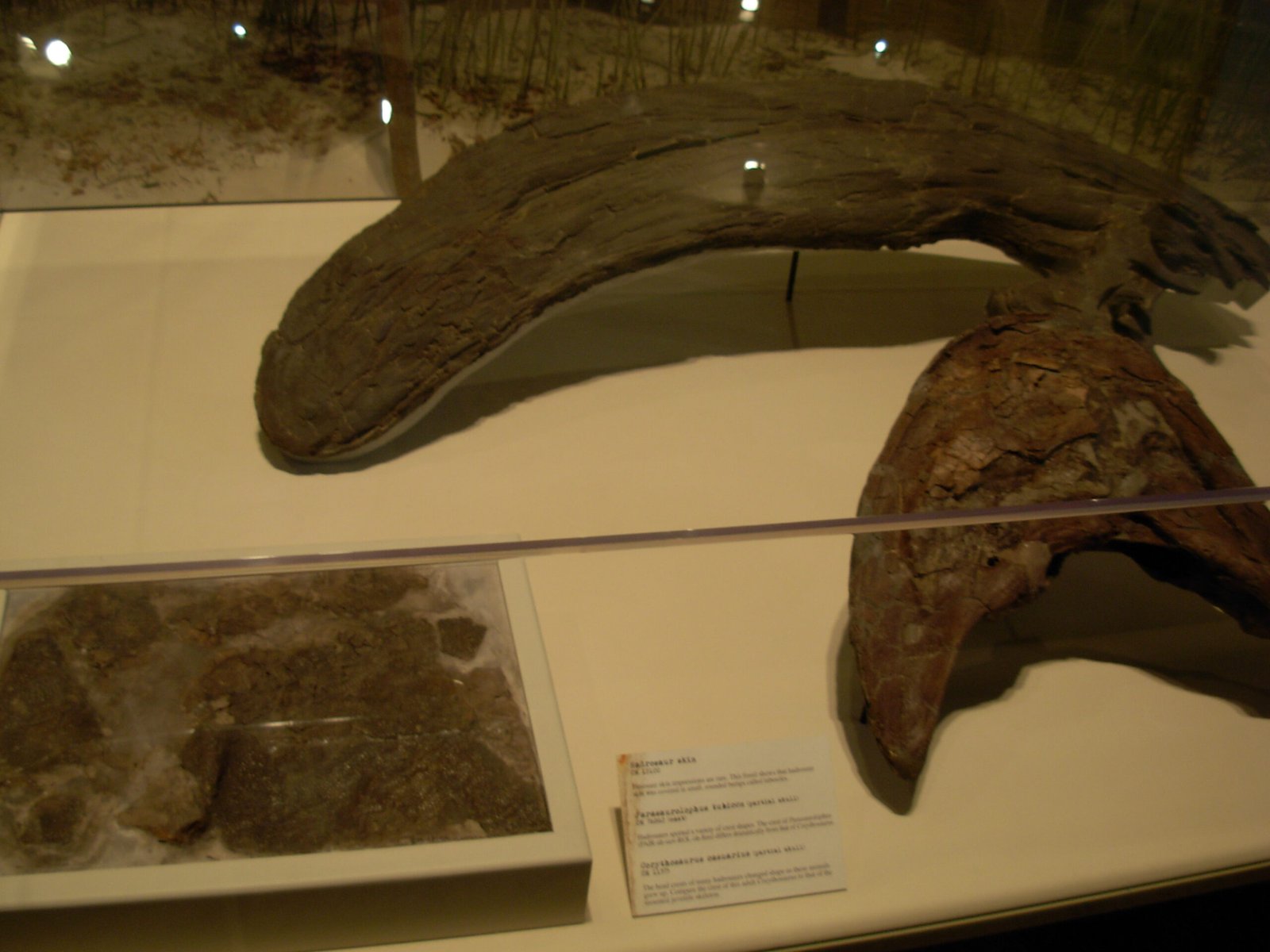
Dinosaur skin fossils are a rare and valuable find. Unlike bones, which are more commonly fossilized, skin requires special conditions to be preserved. Imagine the skin of a dinosaur being buried quickly in sediment, protecting it from decay and scavengers. Over millions of years, minerals gradually replace the organic material, leaving a detailed imprint of the skin. This process is a testament to nature’s ability to preserve snapshots of ancient life. The preserved skin can reveal textures, patterns, and even pigments, offering a glimpse into the appearance and adaptations of these creatures.
What Dinosaur Skin Tells Us About Prehistoric Weather
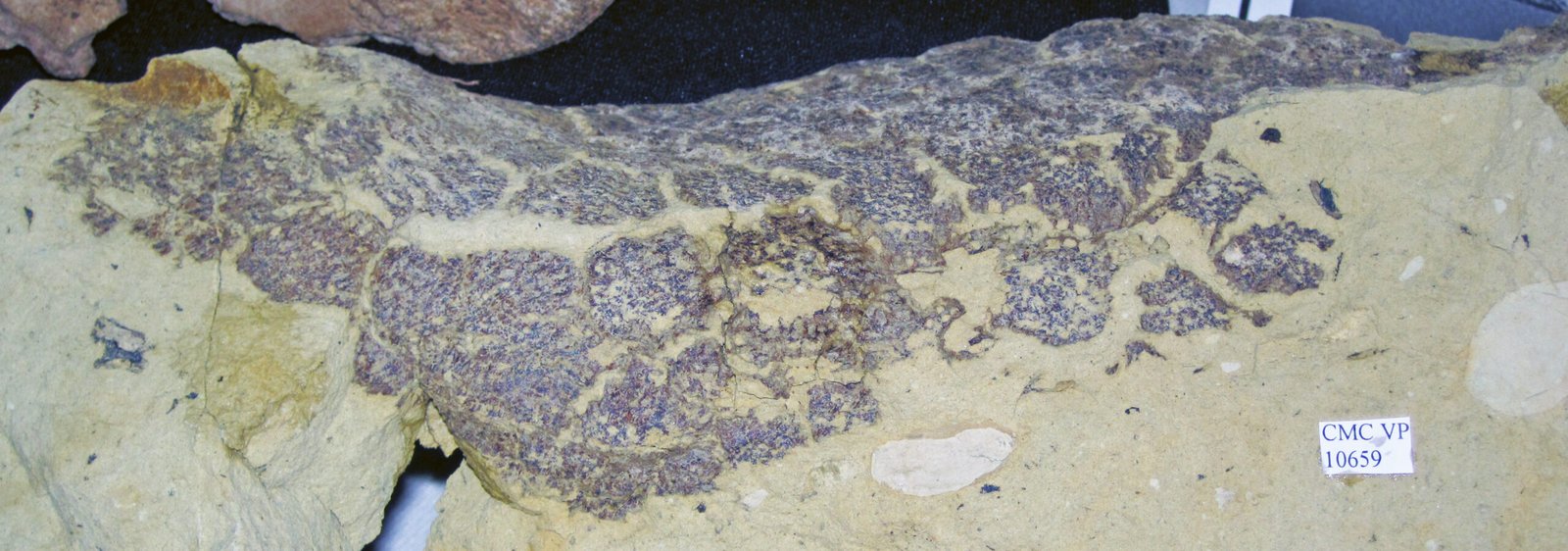
The texture and composition of dinosaur skin can provide insights into the climates they lived in. For instance, the presence of certain types of scales or skin thickness can indicate adaptations to specific environmental conditions. Thick, rough skin might suggest a need for protection against harsh weather or predators. In contrast, smoother skin could imply a humid, possibly forested habitat. By studying these characteristics, scientists can infer the temperature, humidity, and even the type of vegetation that might have existed in a particular area during the time of the dinosaurs.
Color Clues: Pigmentation and Environment
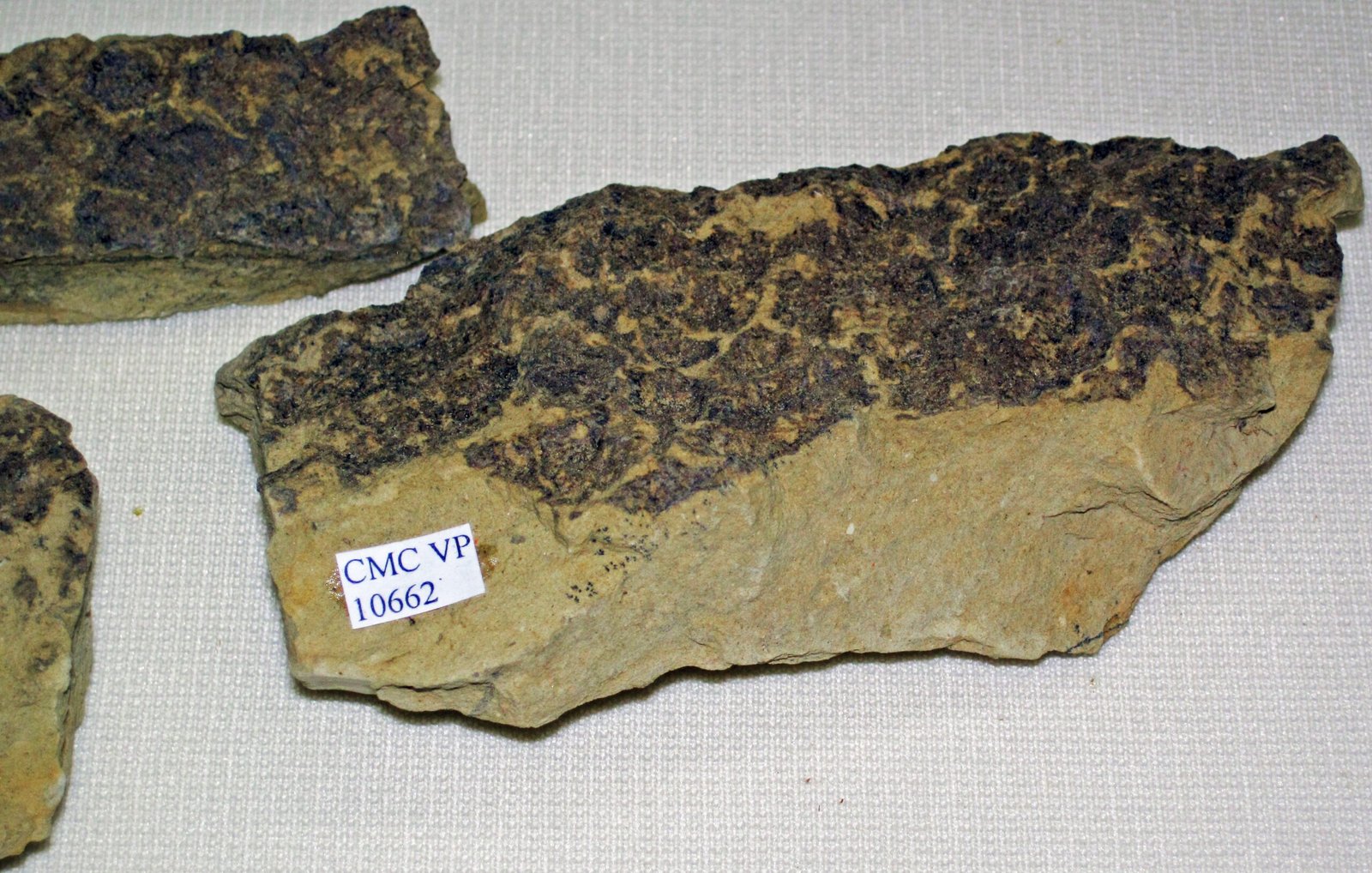
Recent advancements in technology have allowed scientists to detect pigments in fossilized dinosaur skin. The color of a dinosaur’s skin can offer clues about its environment. For example, darker skin might have been an adaptation for absorbing heat in cooler climates, while lighter skin could help with camouflage in open, sunlit areas. These color patterns also provide insights into the behavior and lifestyle of dinosaurs. For instance, camouflage might suggest a predator-prey dynamic, where staying hidden was a matter of survival.
Comparative Analysis with Modern Reptiles

To understand dinosaur skin better, scientists often compare it with the skin of modern reptiles, like crocodiles and lizards. These creatures share a common ancestry with dinosaurs and have similar skin structures. By studying how modern reptiles adapt to their environments, researchers can make educated guesses about how dinosaurs might have lived. For example, the way a crocodile’s skin helps it regulate temperature can provide parallels to how a dinosaur might have coped with its climate. This comparative approach bridges the gap between ancient and modern ecosystems.
Fossilized Skin and Geological Context

The location and geological context of skin fossils are crucial for reconstructing prehistoric climates. When a skin fossil is discovered, scientists examine the surrounding rock layers to determine the age and environmental conditions at the time. These layers can reveal whether the area was once a desert, forest, or swamp. By piecing together this information, researchers can create a detailed picture of the climate during the dinosaur’s lifetime. This geological detective work is essential for understanding how Earth’s climate has changed over millions of years.
Technological Advances in Skin Fossil Analysis

The study of dinosaur skin fossils has been revolutionized by modern technology. Techniques like scanning electron microscopy and spectroscopy allow scientists to examine skin fossils at a microscopic level. These tools can reveal the smallest details of skin texture and composition, providing a wealth of information about the dinosaur’s biology and environment. Additionally, computer modeling helps visualize how these creatures might have looked and behaved in their natural habitats. These technological advances are opening new doors in paleontology, allowing for more accurate reconstructions of prehistoric life.
The Role of Skin Fossils in Climate Models
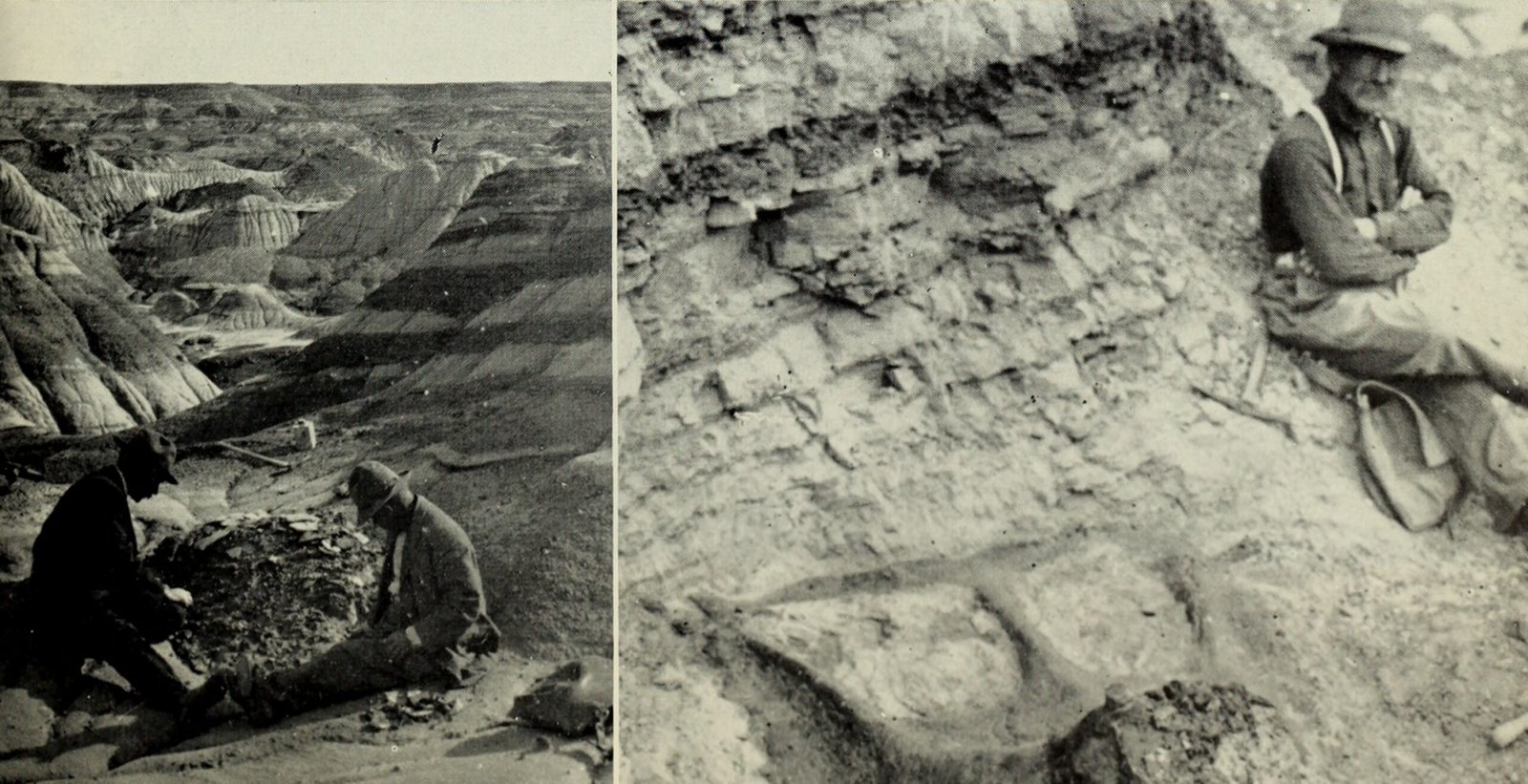
Dinosaur skin fossils are not just relics of the past; they play an active role in current climate models. By understanding the climates that dinosaurs lived in, scientists can make more accurate predictions about Earth’s climate future. The data from these fossils help refine models of atmospheric composition, temperature, and precipitation patterns over geological timescales. This information is crucial for understanding how natural climate processes work and how they might respond to human-induced changes. In this way, the study of ancient skin contributes to our understanding of both past and future climates.
Interdisciplinary Collaboration in Paleoclimatology
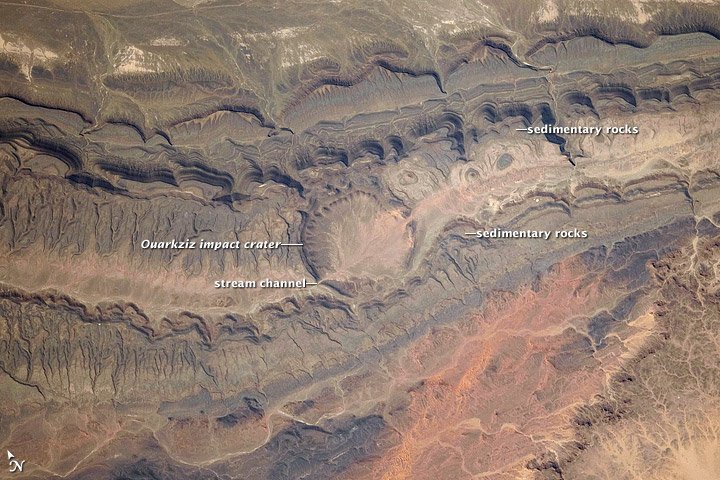
The study of dinosaur skin fossils requires collaboration across multiple scientific disciplines. Paleontologists, geologists, chemists, and climate scientists all contribute their expertise to unravel the mysteries of prehistoric climates. This interdisciplinary approach allows for a more comprehensive understanding of how dinosaurs lived and adapted to their environments. By combining knowledge from different fields, researchers can create a more detailed and accurate picture of Earth’s ancient climates, providing valuable insights into the planet’s climatic history.
The Fascination with Dinosaur Skin Fossils
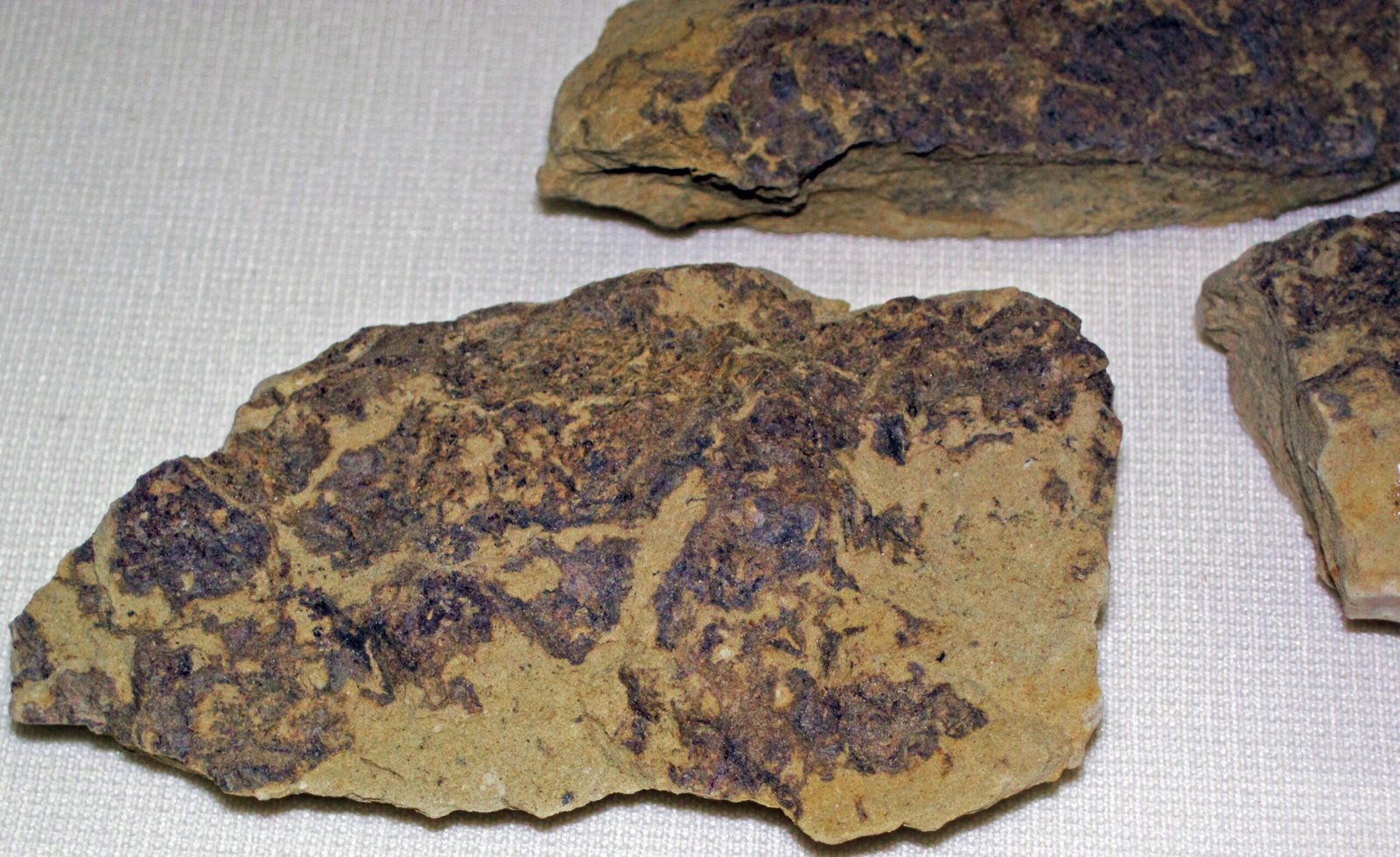
For many, the allure of dinosaur skin fossils lies in their ability to connect us with a distant past. These fossils are more than just scientific specimens; they are windows into a world that existed millions of years ago. They spark the imagination, allowing us to envision landscapes filled with towering trees, vast deserts, and the mighty creatures that once roamed them. The study of these fossils not only satisfies our curiosity about dinosaurs but also deepens our understanding of the Earth’s history and the forces that have shaped it.
Future Prospects in Dinosaur Skin Research
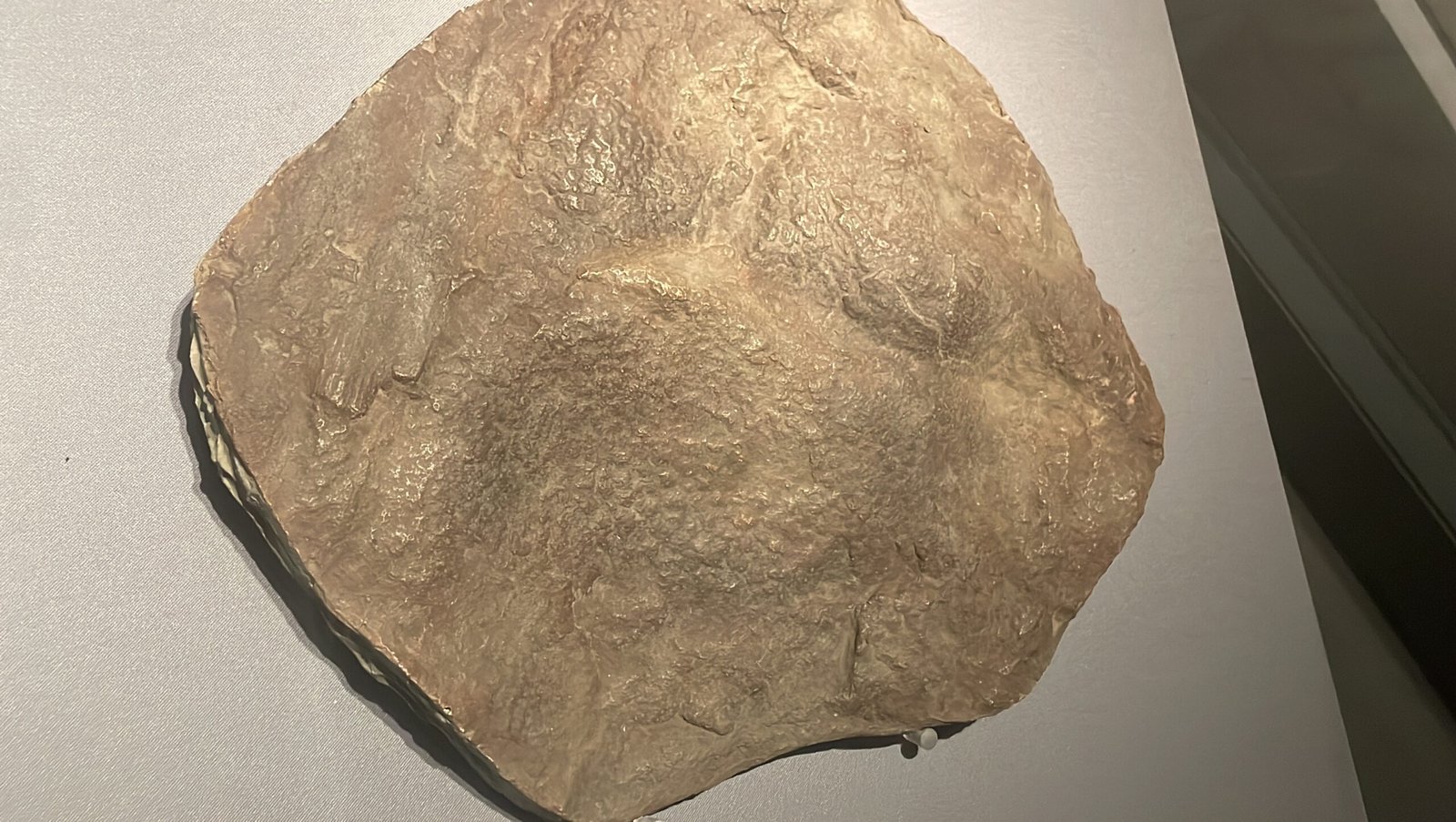
As technology continues to advance, the study of dinosaur skin fossils will undoubtedly yield even more exciting discoveries. New methods of analysis and imaging will provide deeper insights into the lives of these ancient creatures. Researchers are continually developing better techniques for extracting and interpreting data from fossils, which promises to enhance our understanding of prehistoric climates. The future of dinosaur skin research holds the potential to uncover even more secrets of the past, offering a richer understanding of the world that once was and its implications for the world that is yet to come.

